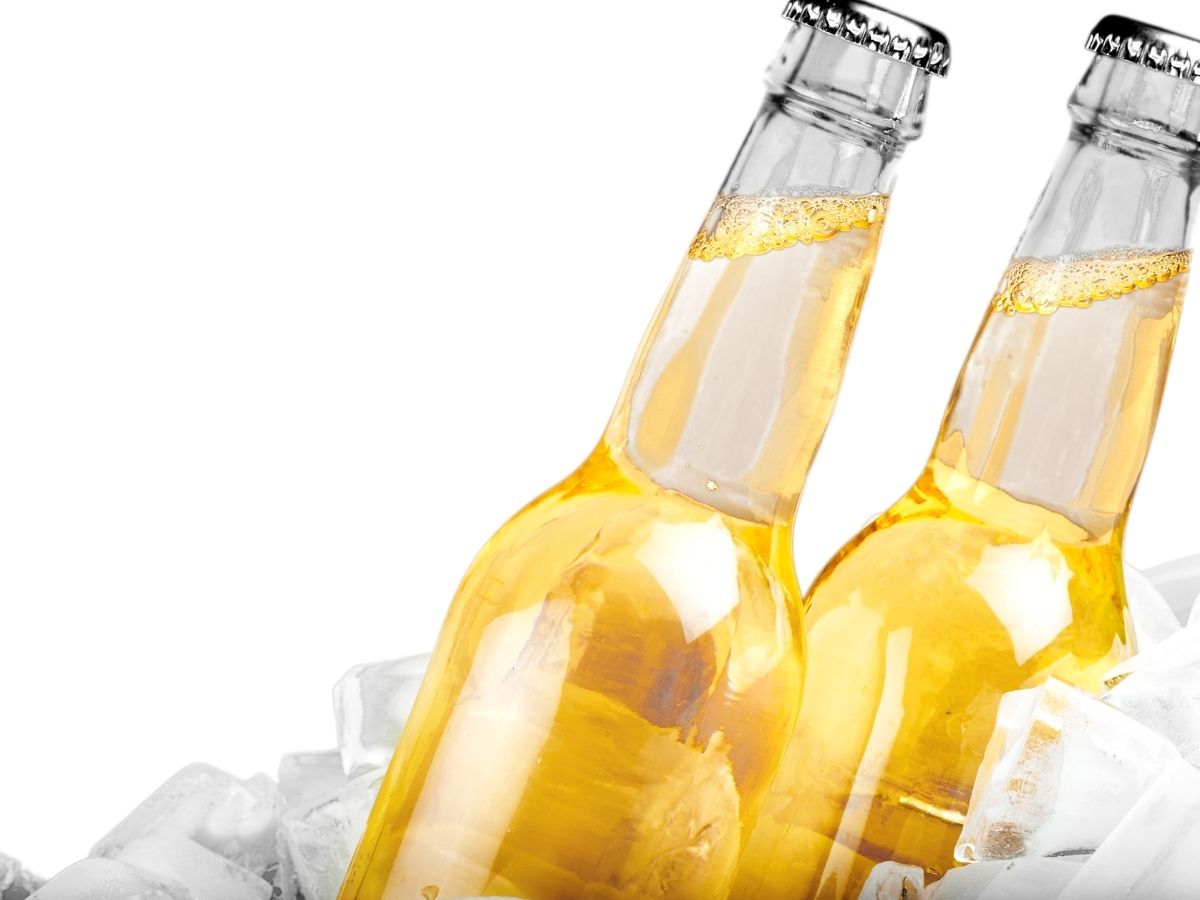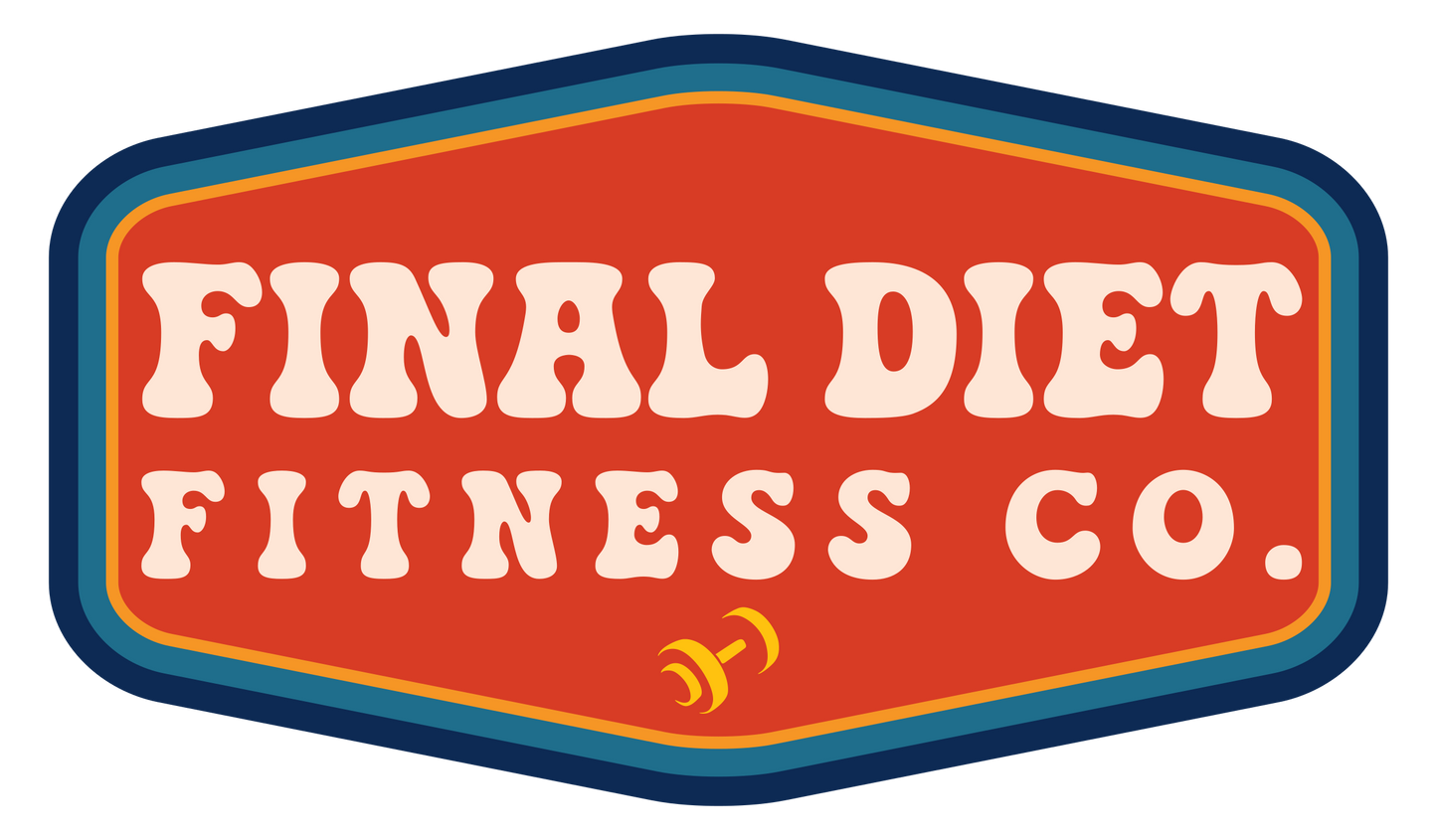
Alcohol isn’t “bad,” but it does impact fat loss differently than food.
Understanding how your body processes alcohol helps you make smarter choices that align with your goals.
1. The Science: How Alcohol Affects Fat Burning
- 1 gram of alcohol = 7 calories (almost as dense as fat).
- Your body prioritizes metabolizing alcohol first, temporarily pausing fat oxidation.
- This doesn’t mean instant fat gain—it means your body delays fat burning until alcohol clears.
2. The Hidden Calories
- Mixed drinks: Margaritas, cocktails, sweet wines = 250–500 calories.
- “Healthy” alternatives: Hard seltzers or light beer (90–120 cal).
- Snacking effect: Alcohol increases appetite and lowers restraint, leading to overeating.
3. How to Drink Smarter
- Set limits: 1–2 drinks on occasion.
-
Pick smart options:
- Vodka / soda water + lime
- Light beer or dry wine
- Sugar-free mixers or zero-calorie tonic
- Eat protein beforehand: Slows absorption and reduces snacking.
- Hydrate: 1 glass of water per drink to offset dehydration.
4. Plan Ahead
If you plan to drink:
- Lower carb/fat intake earlier that day.
- Keep protein high.
- Track your alcohol calories like any other food.
Example:
Dinner + 2 glasses wine = ~300–350 extra calories → adjust meals accordingly.
5. Recovery and Sleep
Alcohol disrupts REM sleep, recovery, and hydration—all critical for performance and body composition. If you drink, expect reduced energy and gym output the next day.
Takeaway:
You don’t need to quit alcohol—but you do need to respect it. Drink intentionally, budget your calories, and stay consistent the other six days of the week.
